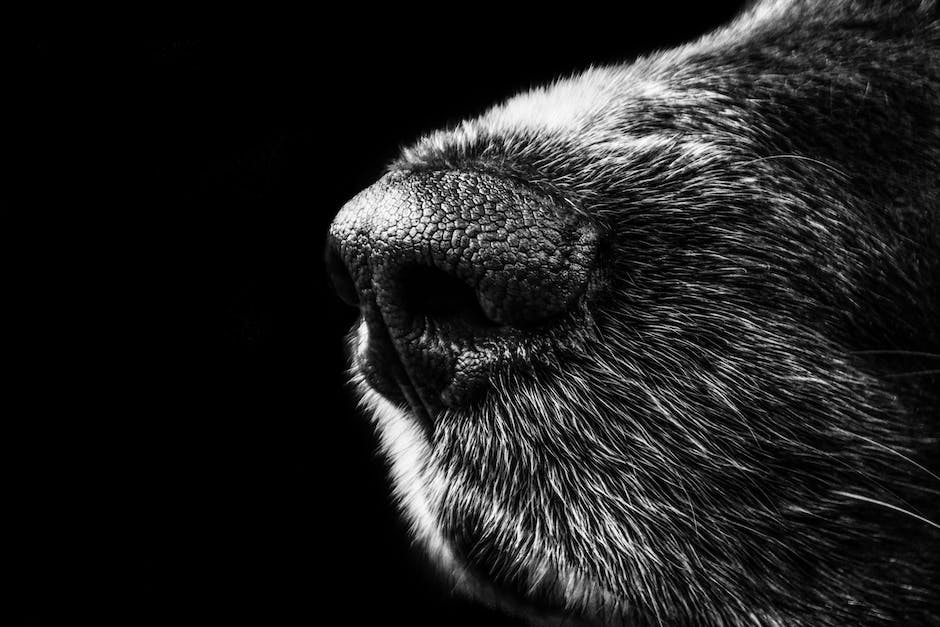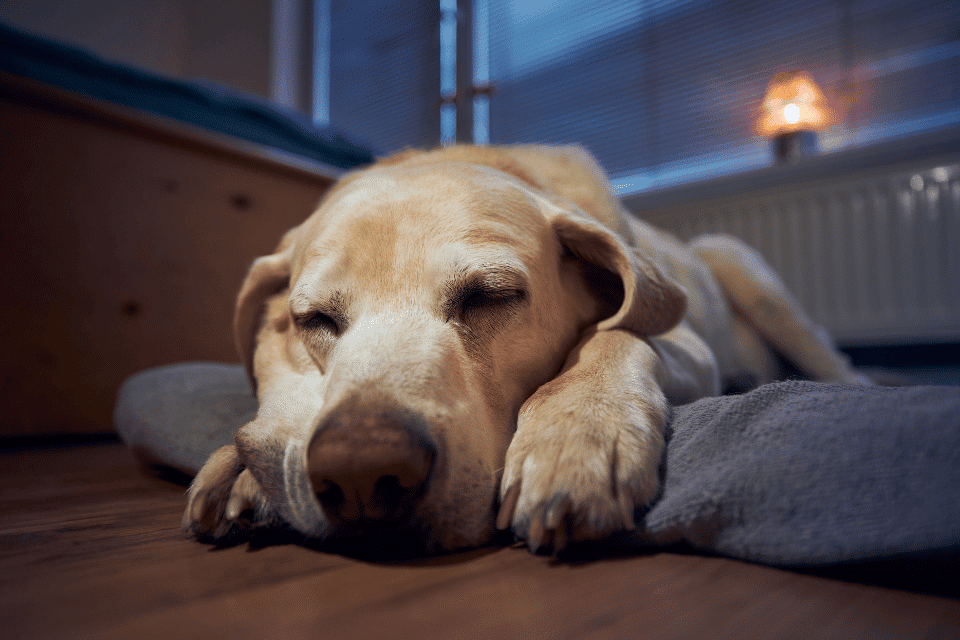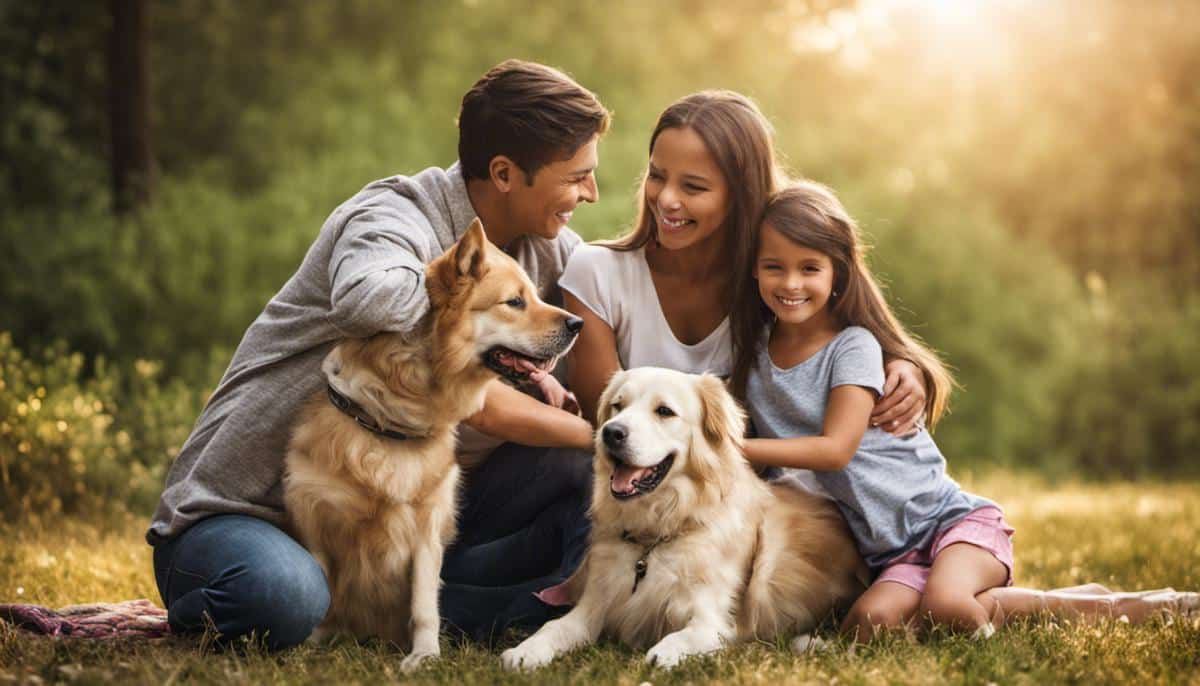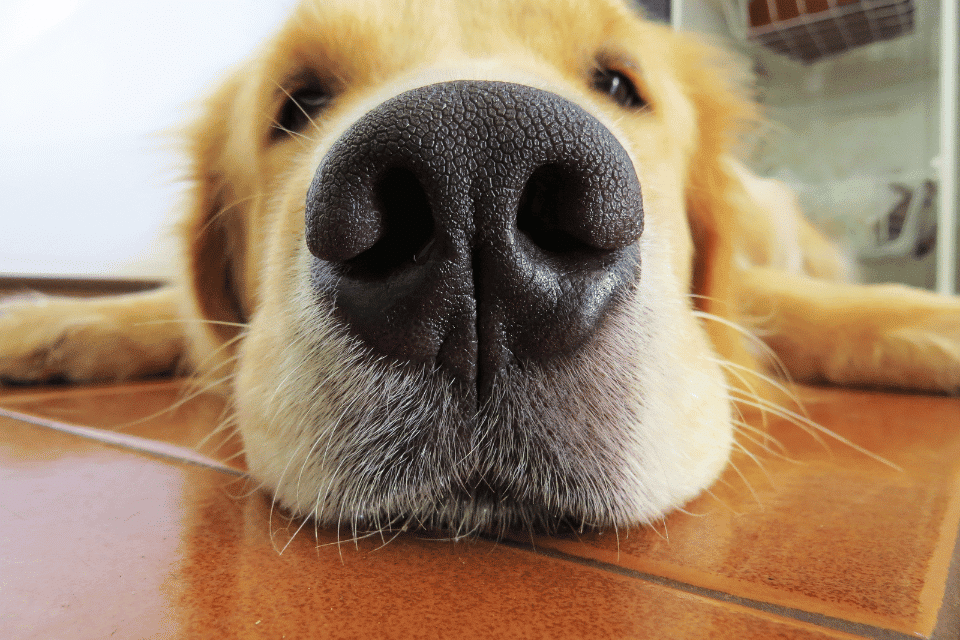
Unveiling the unique intricacies of canine behavior invariably leaves pet owners intrigued and eager for more understanding. As part of our close-knit families, dogs express an array of actions that leave us quizzical, one of them being their propensity to sleep between our legs. This essay delves deeply into various aspects of the dog-human relationship dynamics, exploring the fundamental hierarchies dogs perceive within their ‘pack’. We venture into the safe haven that dogs seek, the significant influence of their instinctual behaviors, and the way their sleeping preferences are often a reflection of these basic needs. In addition, we journey into the fascinating world of dogs’ scent detection and its influential role in their lives, even affecting where they choose to lay their heads at night.
Furry Family Bonds: Understanding The Canine Way
The Connection Between Your Family Bond and Your Dog’s Sleeping Position – A Remarkable Insight!
What makes this journey of life so wonderful are those very treasured bonds we secure with family and friends. But have you ever considered extending this sentiment to our beloved four-legged family members? It’s safe to say that our dogs aren’t just pets – they’re part of the family. Many of us have noticed the quirky, sometimes adorable sleeping positions our dogs adopt and wondered, ‘Why?’. Fascinatingly, these positions could be influenced by something surprisingly familiar: our bricks-and-mortar relationships. So the question is, can our physical relationships indeed provide genuine clues about our dog’s unique sleeping positions? Let’s investigate!
Firstly, let’s talk about something everyone can relate to: How we sleep. Some prefer to doze off sprawled out on our beds, savoring every inch of space, while others like to curl up, snuggled under a warm blanket. Just as we have our preferred sleeping styles, dogs, too, have theirs. These positions are not just habits, but rather, insightful indicators of their personality, comfort levels, and trust in their environment. That’s right—our pups can express their feelings even while they’re snoozing!
A dog lying belly-up is usually a signal of absolute trust. This vulnerable and exposed position means the furry friend feels safe and secure in their environment—that is, within the heart of your family. Isn’t that sweet? And just to think, it’s all because of the strong bond you’ve built with your pet.
Now let’s think about a dog curled up like a doughnut in a seemingly uncomfortable position. Could this be a behavior pattern picked up from the active child in the house who loves to roll up like a snail under their blankets? Canines are very observant in nature, and they tend to mimic the behaviors of their favorite humans. After all, imitation is the sincerest form of flattery!
Then, there’s the sprawlers—the dogs that sleep stretched out, limbs extended, taking up as much space as they want just like that one family member who dominates the couch. It’s not hard to draw the connection there, is it?
Also, consider the dog that prefers to sleep leaning against you or another pet. This ‘leaning sleep’ is often an indication of the dog’s deep connection and attachment to you. It’s their way of being close, even when they’re off in dreamland. Isn’t it fascinating how our relationships, our physicality can provide these incredible insights?
In conclusion, the position in which a dog sleeps can be an unspoken testament to the bond they share with their human family. Your family dynamics have more influence than you think on your pet’s behavior, even when it comes to such mundane things as sleeping positions! Just another reason to cherish those bricks-and-mortar relationships of ours – they certainly contribute more to our lives, and our dogs’, than we might ever have realized! So the next time you see your dog sleeping, take a moment to observe. You might be surprised by what their slumber style reveals about your home’s impact on them.

Safety and Security: The Canine Perspective
Delving Deeper into Doggie Devotion – Why Fido Favorites Sleeping at Your Feet
Dog lovers know, our furry friends have heartwarming ways to demonstrate their unwavering friendship and unwearied loyalty. One common gesture canine companions exhibit is a peculiar preference for dozing off in between their owner’s legs. Ever wondered, ‘Why my dog loves to sleep between my legs?’ Unraveling this mystery takes us on a fascinating journey through the discerning doggie psyche. Let’s dive in and examine why our furry friends crave this solace and sanctuary.
The world of a dog is, fundamentally, a world dictated by instincts. These primal drives color each aspect of their behavior, from the way they play, to how they interact with humans and fellow canines, how they respond to perceived threats, and yes – even how they choose their favorite snooze spot.
Interestingly, a dog’s sleeping position derives partly from their wild ancestors’ instincts. As pack animals, dogs in the wild would naturally find comfort and protection by sleeping close to their pack-mates. Similarly, the domesticated dogs of today might find solace sleeping between their human’s legs for the same primal drive of safety and warmth.
Pack animals like dogs also have a natural hierarchy, and every pooch innately seeks its ‘place’ within this pack. Often, this instinct translates to the home arena, where your dog perceives the family as their pack. By sleeping nestled between their owner’s legs, dogs are looking for an element of security within their perceived ‘pack.’ It’s a tender way for them to declare, “You’re my family, and I trust you to protect me.”
Significant as it is to recognize that dogs are instinctively drawn to the secure nook between human legs for a nap, it’s equally important to remember that dogs are masterful communicators. Dogs may also sleep in this position as an innate way of staying connected and communicating affection. Known for expressing love unconditionally, dogs often use physical touch as their language of love. Nuzzling up between your legs might simply be their way of saying, “I love you.”
Further, it’s clear that dogs, like children, are great observers and imitators. Society has thoroughly documented that dogs can mimic human behavior, and their sleeping position is no exception. Once they see some family members lounging or napping with legs up on an ottoman or a chair, they might feel inclined to replicate that in their pet-friendly way. In this angle, the choice seems less about pack mentality and more about assimilating lifestyle habits of their human family.
Your dog’s sleeping between your legs can serve as a comforting reminder of the unshakeable bond you share with your furry friend. By understanding and respecting this instinctive behavior from a place of love and empathy, we can further strengthen our relationship with our pets. After all, as every pet parent knows, the trust, respect, and love we accord our dogs often boomerangs back to us as a lifetime of faithful friendship and unconditional love.

Unraveling a Dog’s World of Scent
“A Dog’s Nose Knows: The Extraordinary Link Between Your Dog’s Nose and Their Sleeping Position”
Unquestionably, dogs have a powerful sense of smell. This exceptional olfactory ability goes beyond sniffing out their favorite treat under the couch—it plays a critical role in dictating their sleeping positions. This may not seem intuitive, but if we pause for a moment and allow ourselves to see the world from a dog’s olfactory perspective, it will make perfect sense.
First, we need to grasp the sheer strength and sensitivity of a dog’s nose. To us humans, the world is primarily a visual experience. For dogs, however, life is about scent. They have about 300 million olfactory receptors, compared to our measly 6 million. Dogs can discern not only an unimaginable range of smells but also the direction and approximate distance of these smells. Consequently, odors heavily influence dogs’ behavior, including where, how, and why they sleep as they do.
Dogs are naturally programmed to sniff out safety. When choosing a sleeping spot, this safety is two-fold – physical protection from threats and thermal comfort – both matters conveniently communicated by scent. A dog’s exceptional nose can detect residual heat, indicating a warm spot. They can also recognize the unique scents of their human family members, which brings a comforting sense of familiarity and safety.
A dog’s powerhouse nose also plays a pivotal role in their social structure, largely affecting their sleeping positions within a human or canine pack. This ties back to their ancestral instincts from when dogs ran in packs in the wild. Their hierarchy determined everything, including who slept where. Dogs pick up scent cues from others in their pack that indicate rank – the alpha, beta, or omega – and position themselves accordingly.
The innate ability to associate different scents with various levels of comfort, safety, and social order greatly impacts a dog’s choice of sleeping position. But there’s more – the touch and warmth they can feel from you is also an important part of this equation. This proximity provides them peace and a sense of security. It’s often why dogs enjoy sandwiching themselves between your legs to sleep. In their language, it’s like a gentle, silent whisper saying, “I love you, and I feel safe with you.”
By observing your dog’s sleeping position in conjunction with their scent-driven habits, you can learn more about their comfort level, trust, and sense of security. More importantly, it can help you forge a stronger bond with your beloved furry friend. This bond, guided by understanding and respect for our dogs’ innate behaviors and abilities—especially their astonishing olfactory sense—leads to a more harmonious, balanced relationship. Remember, our pets are indeed family members, and cherishing these unique bonds will only make our homes a happier, more loving place to be. So, the next time your pooch does an unexpected 360 before plopping down for a nap, celebrate the scent-driven wisdom behind it. Your dog’s nose knows.

The harmonious co-existence between man and his loyal canine companion is an extraordinary illustration of inter-species bonding. Through exploring the themes of family structure as perceived by dogs, their inherent need for safety and security, and the potent influence of their keen sense of smell, we can begin to comprehend why our four-legged friends may choose to rest between our legs. It symbolizes their sense of safety, connection, and comfort in their human pack. By understanding these nuanced aspects of canine behavior, we foster a stronger bond with our furry family members, cultivating a symbiotic relationship that benefits both parties emotionally, socially, and psychologically.
Also check out these articles: “Why is my dog sleeping a lot?” and “Top tips for preventing diseases in your pet dog“.
Legal Disclaimer:
The information contained in this blog post (“the Article”) is provided for informational and educational purposes only and should not be construed as professional advice on any subject matter or any specific cat or kitten. The reader of this Article should not rely on the information presented here as an alternative to seeking professional advice from a veterinarian or another certified animal care professional.
No warranty or representation, express or implied, is given as to the accuracy, completeness, or timeliness of the information contained in this Article; and the author, publisher, contributors, or anyone else associated with this Article shall not be liable for any errors or omissions in the content or be liable for any action taken in reliance on the information contained herein.
No responsibility is assumed for any losses, damages, or distress resulting from the use of or reliance on information in this Article. If your pet is facing a medical emergency, contact your veterinarian or emergency animal hospital immediately. The opinions expressed in this Article are the opinions of the author and do not necessarily reflect the views or opinions of any organization the author may be affiliated with. The information contained within is provided “as-is,” with no guarantee of completeness, accuracy, timeliness, or the results obtained from the use of this information.




